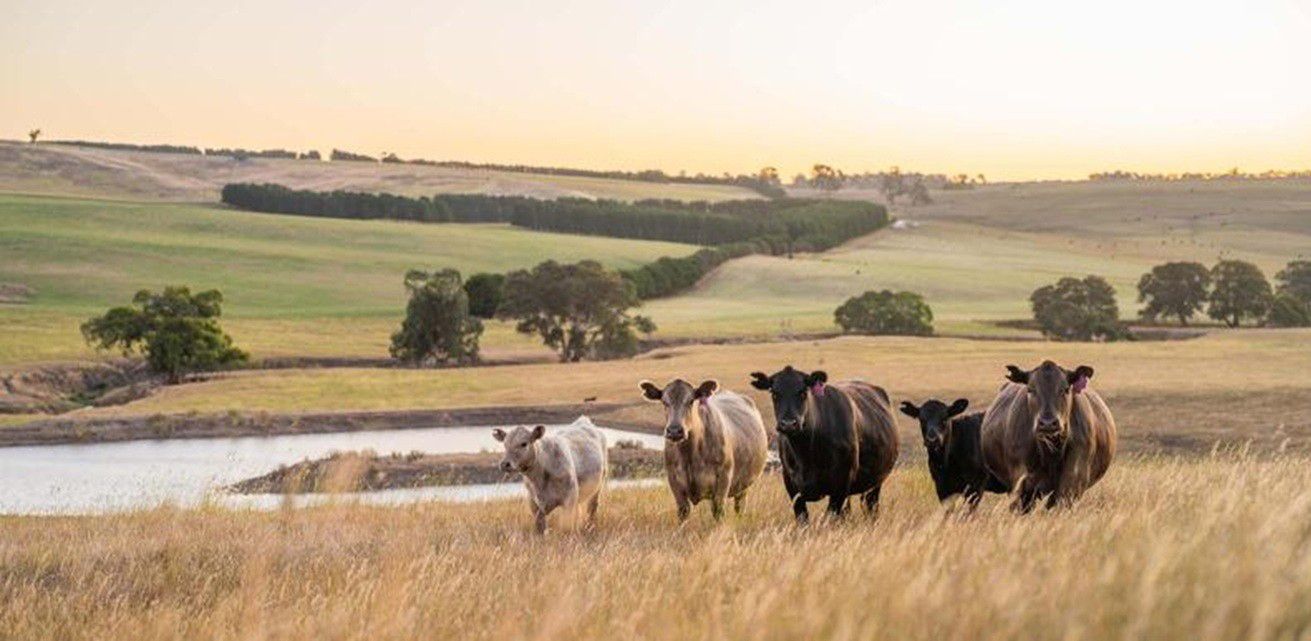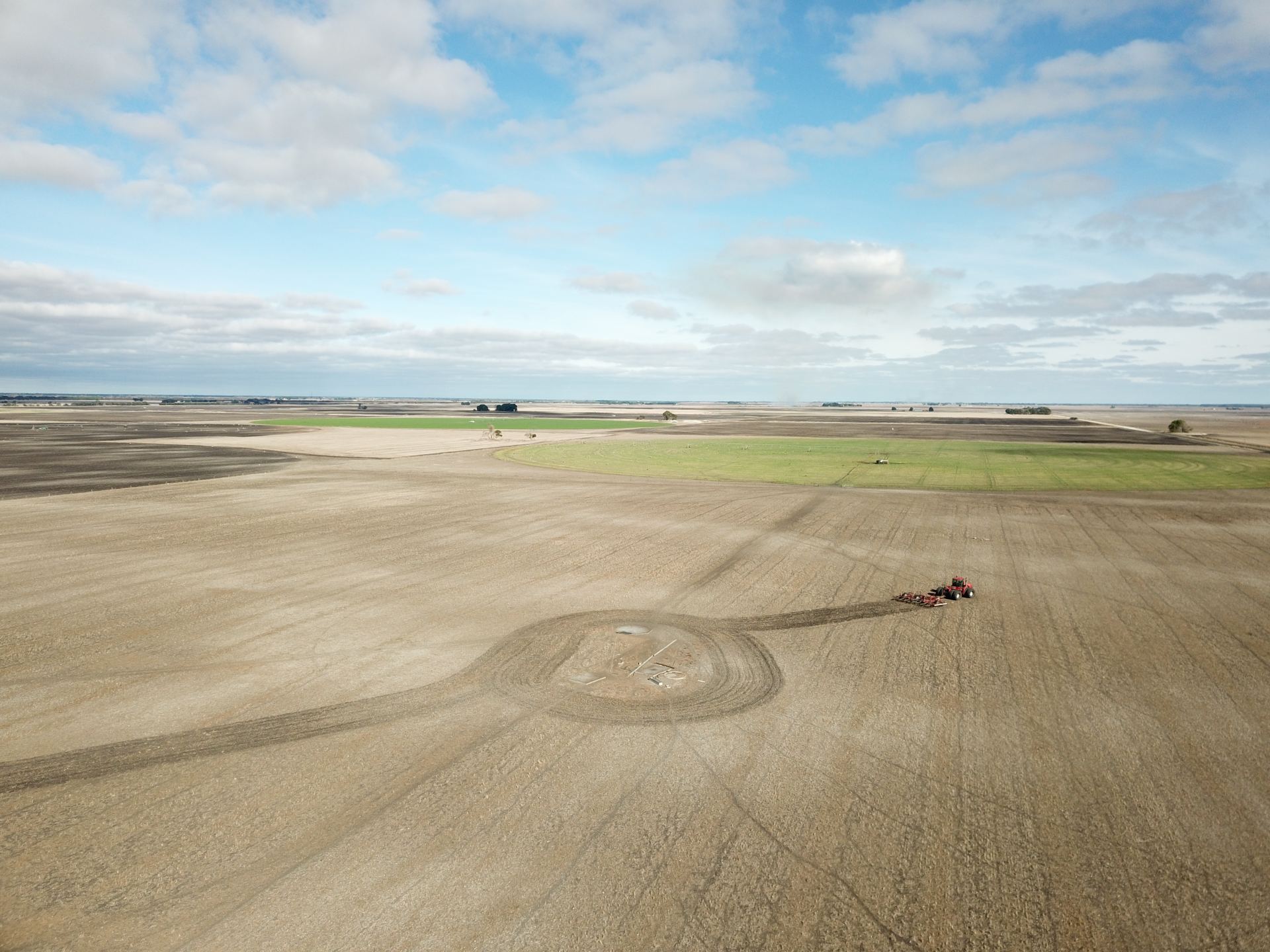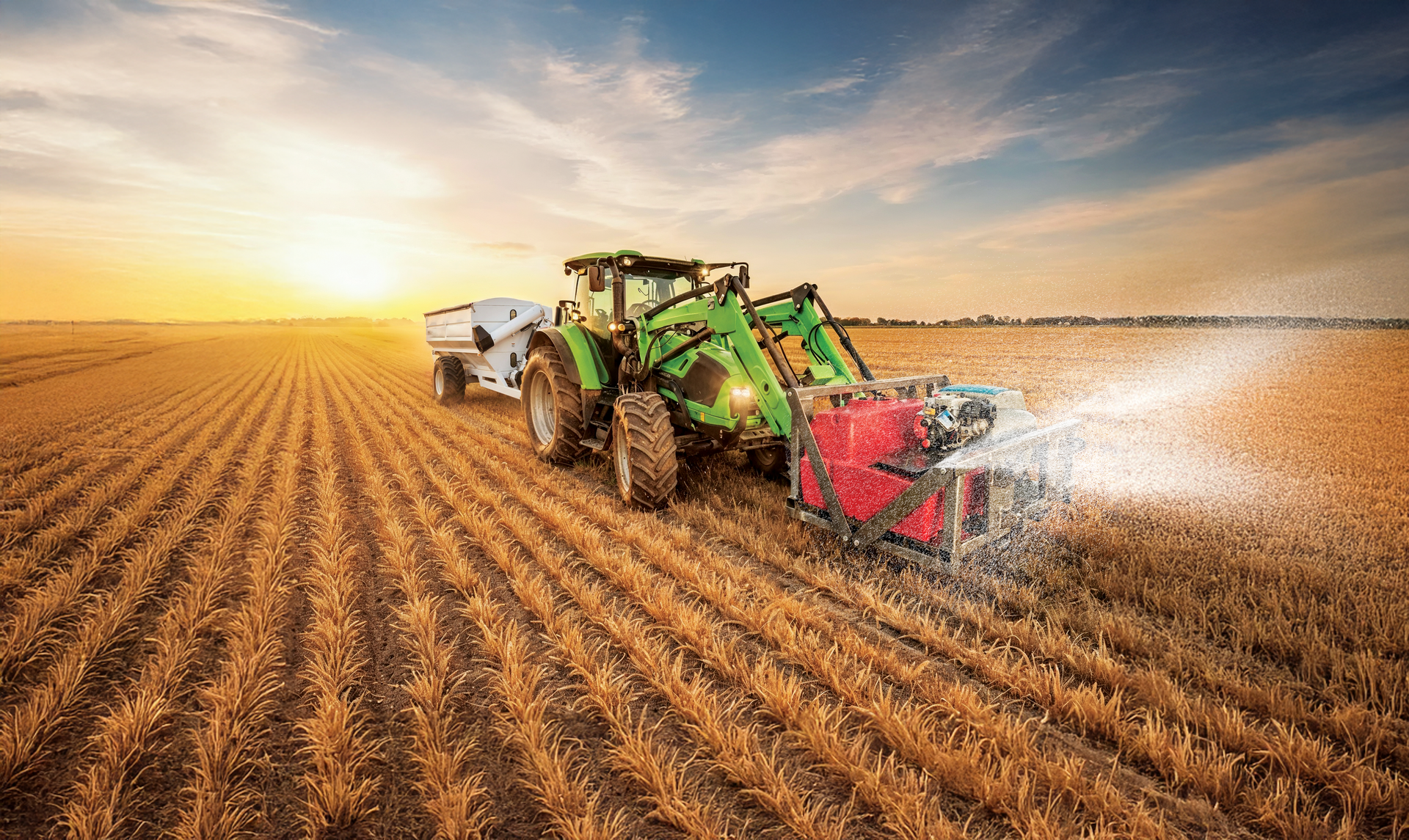1MG FlippingBooks
New fund to improve drought resilience
The government has reintroduced legislation to establish the Future Drought Fund , a $5b investment vehicle which will improve drought resilience, preparedness and recovery to support rural and regional communities.
Under the proposed legislation, from 2020 the Fund will ensure $100m a year is available to help Australian farmers prepare for the inevitable effects of drought. This will support projects to improve drought resilience including investment in research and innovation, the adoption of new technology and improved environmental and natural resource management.
“The Future Drought Fund will support research, development and innovation to contribute to a sustainable and drought resilient agriculture sector in Australia,” says Minister for Water Resources, Drought, Rural Finance, Natural Disaster and Emergency management David Littleproud.
It is anticipated that investment under the Fund will deliver benefits for all Australians by lifting the productivity and profitability of the agriculture sector. For example, funding activities to reduce soil erosion and sediment run-off from farming properties will also limit land degradation and improve biodiversity outcomes.
To support the Future Drought Fund, the government will also develop a Drought Resilience Funding Plan. This four-year high level framework aims to ensure a coherent and consistent approach is adopted when providing funding for drought resilience projects.
The Drought Resilience Funding Plan will be informed by advice from the Future Drought Fund Consultative Committee, a panel of independent experts from disciplines including climate risk, economics and rural and regional development. Before making arrangements or grants under the Fund, the Drought Minister must seek advice from the Consultative Committee about whether the design of these programs is consistent with the Drought Resilience Funding Plan.
The Funding Plan will also be open for public consultation, allowing the community to voice their concerns and ensuring that money is spent where it will have the most impact on building long-term drought resilience.
The introduction of this legislation has been warmly welcomed by the National Farmers’ Federation (NFF), the farming industry’s peak body.
“With drought forecast to become more frequent and severe as a result of climate change, focusing on preparedness and resilience is critical,” says NFF President Fiona Simson. “For too long all levels of government have reacted to the impact of drought by taking ad hoc measures in the middle of a drought event. The Future Drought Fund is rightly focused on building Australia’s drought resilience.”
The NFF has also acknowledged the Future Drought Fund’s invitation of community input.
“The Future Drought Fund provides all stakeholders with an opportunity to shape the Drought Resilience Funding Plan,” Ms Simson says. “Drought impacts every farm and every community differently, and we are constantly e-examining and learning new ways to tackle drought.”
The Future Drought Fund Bill has passed the House of Representatives and will now be considered by the Senate.
“We implore the Parliament to come together and secure its passage,” Ms. Simson says. “Our farmers and rural and regional Australia are counting on it.”

















